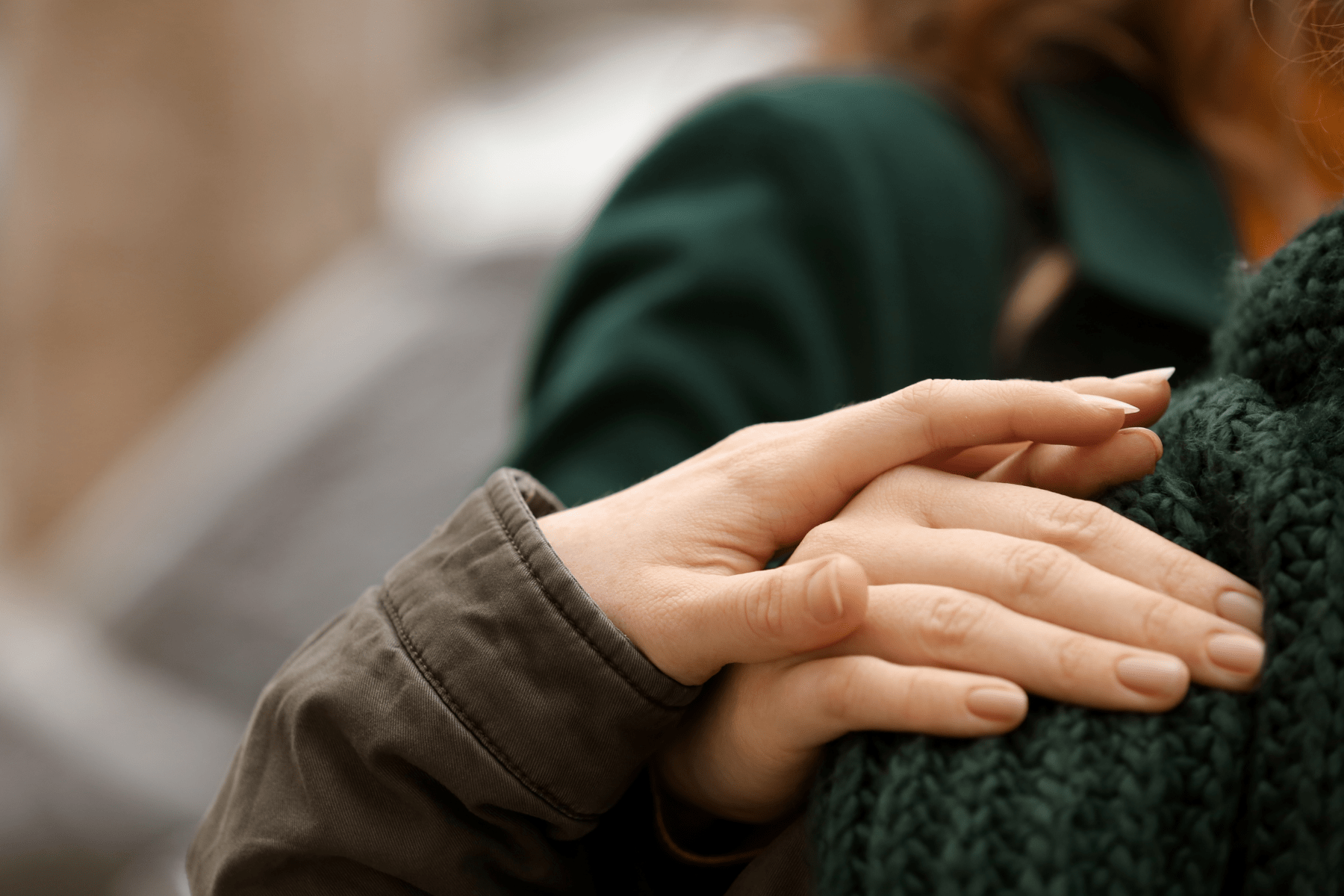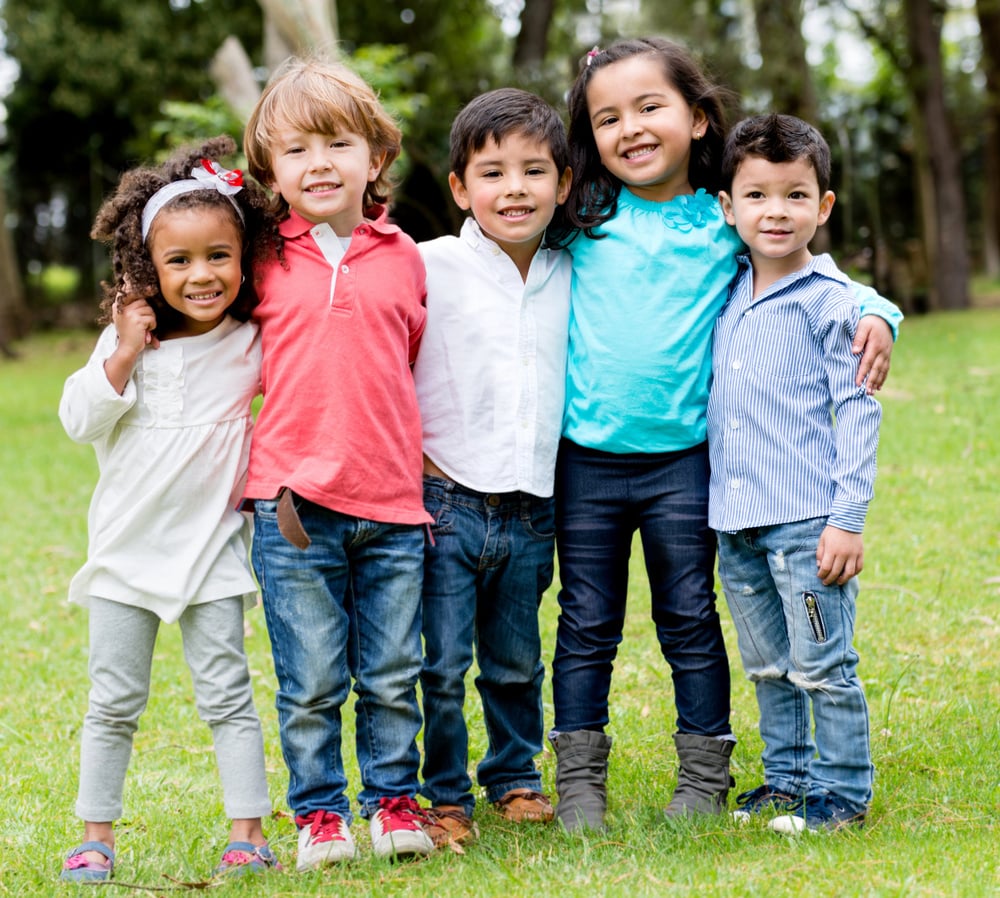Passaic County Domestic and Sexual Violence Center (PCDSVC)

Program and Services
The Passaic County Domestic and Sexual Violence Center (PCDSVC) is domestic and sexual assault/violence agency that serves all Passaic County residents. PCDSVC is a full-service subdivision program providing emergency shelter, case management, individual and group counseling, 24-hour hotline access, community education services, referral and information, Domestic Violence Response Team services, children’s therapy, and legal advocacy to our clients.

Passaic County Domestic and Sexual Violence Center (PCDSVC) Shelter
The PCDSVC Shelter can accommodate up to 29 women and children daily that are seeking a safe haven. All shelter clients receive our full array of services to assist them in stabilizing their lives through housing assistance, counseling services for themselves and their children, domestic violence education, financial education, and legal assistance.

Passaic County PALS Program
Peace: A Learned Solution commonly referred to as the PALS Program targets youth ages 3-12 that have been exposed to domestic violence either as victims or witnesses. This program utilizes music therapy, art therapy, play therapy and other expressive therapies to facilitate children’s recovery from their traumatic experiences. The goals of all expressive therapies are to enable children to gain mastery over their feelings that are affecting their behaviors and performance in educational and social environments. In the therapy session, children create artwork, play, use drama, and/or dance what is representative of their traumatic experience.



